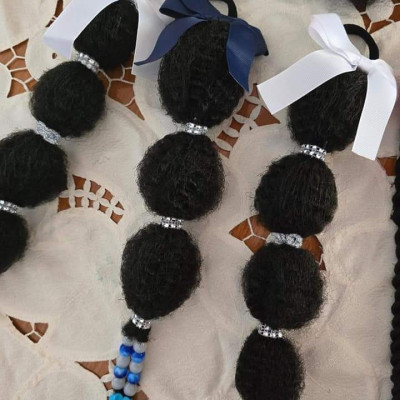Understanding Image Ownership and Usage Rights
In today’s digital age, sharing and using images online is commonplace. However, it's crucial to understand the implications of image ownership and usage rights to respect creators' intellectual property and avoid legal issues. This article provides insights into the concept of image ownership, the importance of acknowledging image sources, and best practices for using images that you do not own.
What Does "Image Not Owned by Me" Mean?
When you see a disclaimer stating "Image Not Owned by Me," it signifies that the person or entity sharing the image does not hold the copyright or ownership rights to it. This acknowledgment is essential for several reasons:
1. Respect for Copyright:
The original creator of an image holds the copyright, which grants them exclusive rights to reproduce, distribute, and display the work. Using or sharing an image without permission may infringe on these rights, leading to potential legal consequences.
2. Transparency:
Acknowledging that you do not own the image helps maintain transparency with your audience. It informs viewers that you are not the original creator and that you respect the rights of the actual copyright holder.
3. Legal Protection:
By clarifying that you do not own the image, you reduce the risk of legal disputes related to copyright infringement. It is a way to demonstrate that you are using the image in good faith and are aware of the intellectual property rights involved.
Best Practices for Using Images You Do Not Own
If you need to use an image that you do not own, consider the following best practices to ensure compliance with copyright laws and respect for the original creator:
1. Seek Permission:
Whenever possible, obtain permission from the image’s copyright holder before using or sharing it. This can often be done by contacting the creator directly or through licensing agreements. Many creators appreciate being asked and may grant you the rights to use their work.
2. Give Credit:
Always give proper credit to the original creator of the image. This includes providing attribution in a format that is clear and visible, such as including the creator’s name, the title of the work, and a link to the original source if available.
3. Use Stock Images:
Consider using stock images from reputable sources that provide images with clear licensing terms. Many stock image platforms offer free or paid options where images are licensed for specific uses, making it easier to comply with copyright laws.
4. Check Licensing Agreements:
If you are using an image under a licensing agreement, carefully review the terms and conditions to ensure that your use of the image complies with the specified guidelines. Some licenses may have restrictions on how and where the image can be used.
5. Use Creative Commons Images:
Creative Commons licenses allow creators to share their work with certain usage permissions. You can find images with Creative Commons licenses on various platforms. Make sure to adhere to the terms of the specific license, which may include providing attribution or not using the image for commercial purposes.
6. Avoid Unauthorized Use:
Do not use images that you know or suspect are copyrighted without permission. Unauthorized use can lead to legal consequences and damage your reputation.
Conclusion
Understanding and respecting image ownership and usage rights is crucial in the digital world. By acknowledging when an image is not owned by you and following best practices for image use, you contribute to a culture of respect for intellectual property and creativity. Always seek permission when necessary, give proper credit to creators, and explore legal alternatives for obtaining images. In doing so, you support the rights of creators and avoid potential legal issues, fostering a respectful and lawful digital environment.






